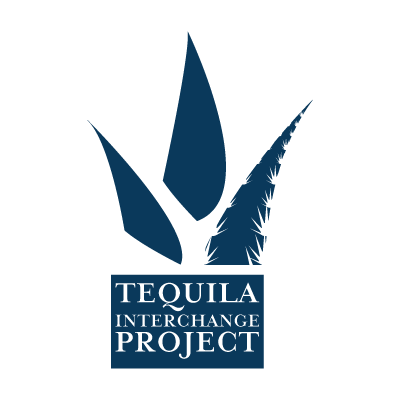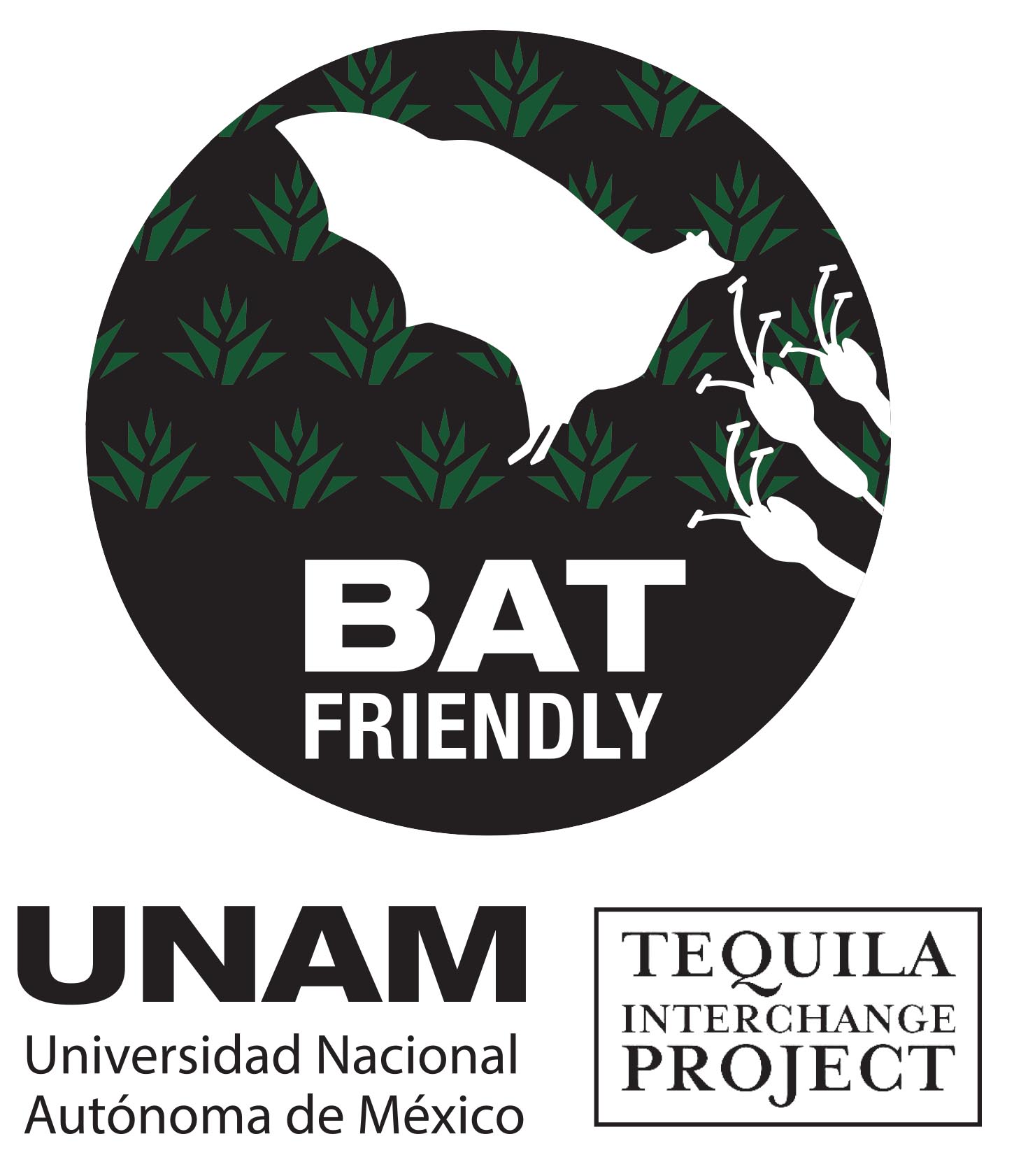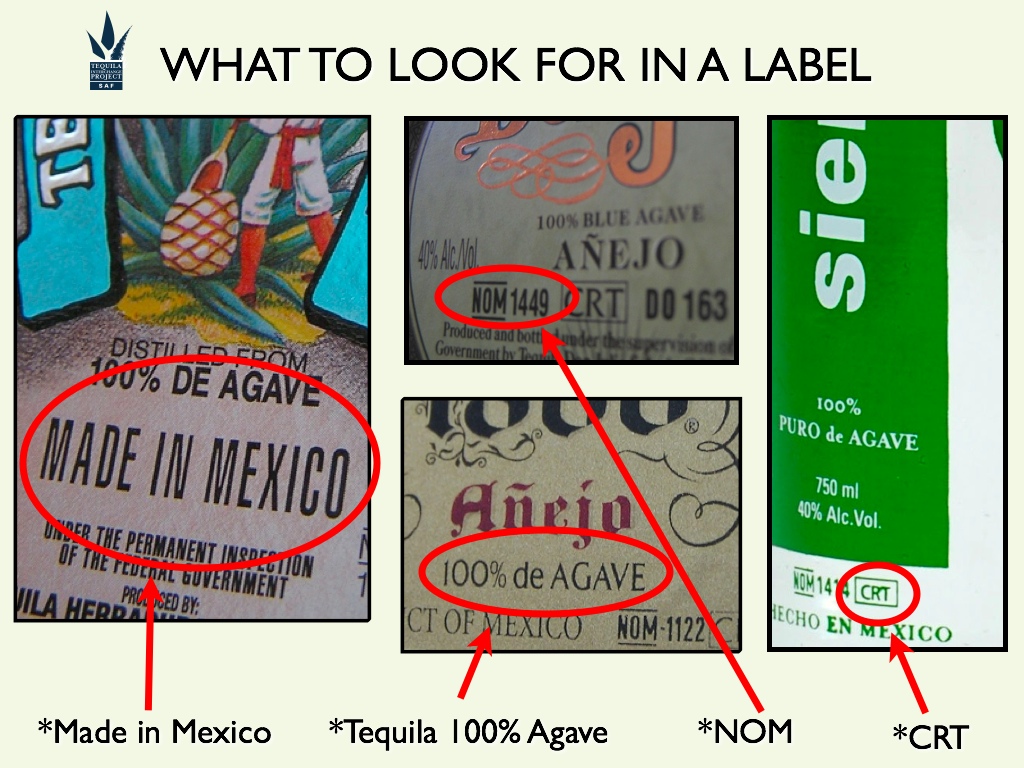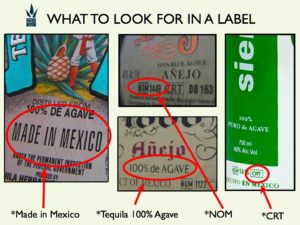Reading Tequila Labels
Frequently the members of the Tequila Interchange Project receive inquiries from our supporters regarding the production processes and quality of new tequilas on the global market. Unfortunately, an alarming number of these inquiries are about products that are not actually tequila. In our previous post you’ll find the translation of an article about Desmondji, an Indian-made agave distillate that has been inaccurately and illegally using the word “tequila.” But one does not need to cross an ocean to find misleading and inferior products being stocked next to authentic, artisanal tequilas. In this growing atmosphere of “buyer beware,” how can a consumer be assured the product they’re buying is exactly what it claims to be?
Here is a Tequila Interchange Project primer in reading and translating a tequila label.
There are many things that can provide information to the consumer on a tequila label. Here we will focus on the three most important pieces of information that guarantee you are holding a bottle of authentic tequila.
First look for a NOM number. NOM stands for Normas Official Mexicana, or the laws that regulate the tequila industry and protect the appellation of origin. The number after the letters NOM on a tequila label is a distillery number. You may see multiple brands that have the same distillery number, as it is common for distilleries to produce more than one brand. If you are interested in finding out more about which distilleries produce which brands, tequila.net has a searchable NOM database.
After the NOM number you should see the letters CRT, which stand for the Consejo Regulador del Tequila. The CRT is the regulatory agency for the appellation of tequila. The presence of the letters CRT on a bottle of tequila does not necessarily indicate quality; however, it does indicate that the CRT has approved the processes at the distillery indicated by the NOM number, and that distillery has met all the requirements necessary to produce tequila.
Finally, look for the words “Hecho en Mexico” and “100% agave.” Here you need to be careful. You will frequently find bottles that have a NOM number, have the stamp of the CRT, and the label says “Made with agave.” What you are holding is called a mixto. Mixtos must contain at least 51% agave sugar while the other 49% is usually cane sugar. Mixtos usually leave Mexico in bulk to be bottled in the US. All of this is protected by the CRT and the laws of tequila but here at the Tequila Interchange Project we ask a simple question: why go only 51% of the way when you can have 100%?
By recognizing and locating the NOM number, the stamp of the CRT and the words “100% Agave” and “Hecho en Mexico” you can be assured that you are holding a true bottle of tequila. Unfortunately this doesn’t always indicate a quality product. As in any spirits category, the level of the quality of tequila can vary wildly. To truly ensure you are getting the best quality product we encourage you to engage your local sources. Ask a trusted bartender about the brands they carry and the reasons why those brands were chosen. Seek out local courses on spirits, especially those offering blind tastings. This will provide you the opportunity to try many types of tequila while removing the influence of marketing and preconceived notions. By taking a little time to educate yourself you can feel confident that you are spending your money on a quality product that represents the long cultural history of tequila.
Salud!
